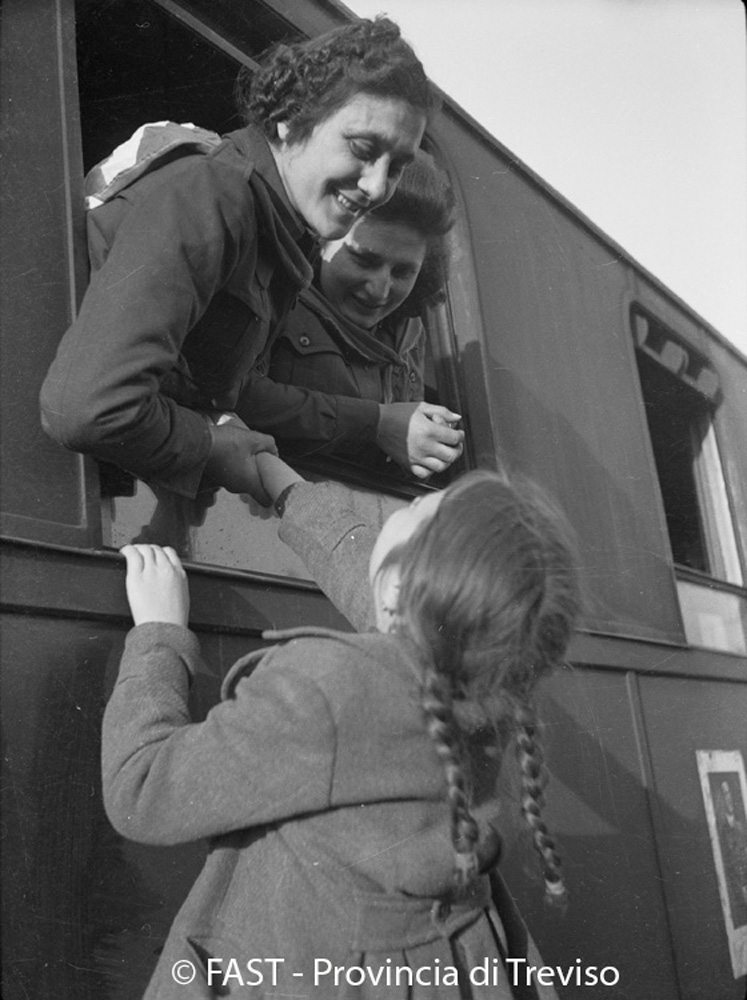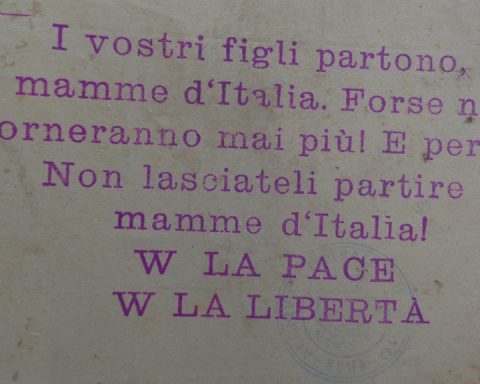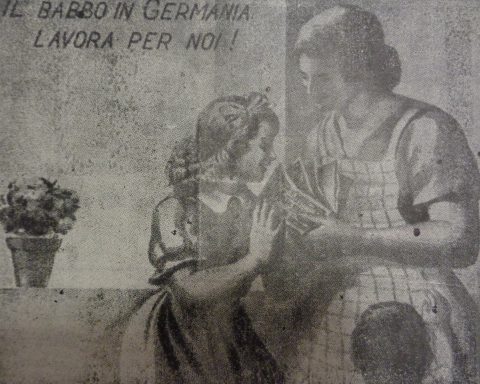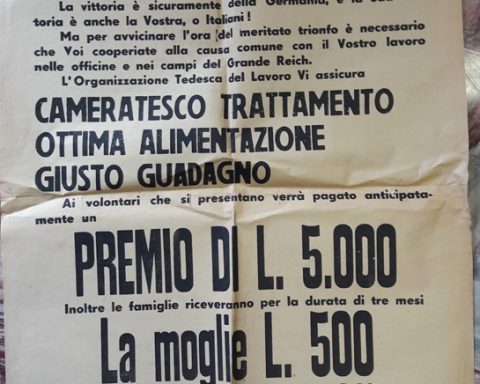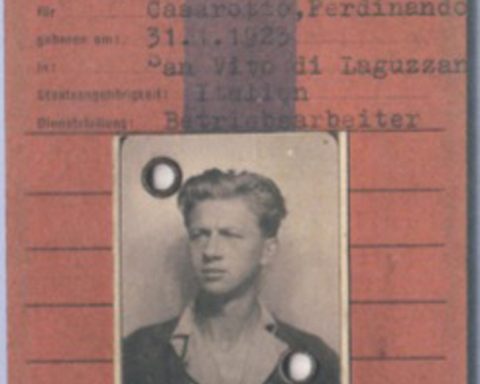In the early 1940s Treviso was above all a farming province: over 60% of the working population was engaged in this sector.
The Treviso area had been one of the areas most involved in the emigration of labour towards Germany, which started in 1938, following the economic agreements between the two regimes. Certainly, both the geographical proximity to the German-speaking world and the tradition of cross-border migrations had played a role. A significant number of these workers remained in the Reich also after 8 September, while others agreed to return because they lacked stable employment; they found themselves facing daily conditions that were much worse than those, often already difficult, experienced in the years prior to German occupation.
Starting in the autumn of 1943, also in Treviso the “voluntary” recruitment operations, the mobilisation of draftees and conscription were less successful than expected: in proportion to the inhabitants, this provincial area saw extremely modest numbers, with fewer than 500 people recruited between October 1943 and May 1944. On the other hand, the Veneto provinces with large towns and cities experienced greater participation; worker unemployment was higher in these areas, and subsistence was more difficult than in rural areas. In any case, German and Italian recruiters sent a large contingent of women, mostly agricultural workers, across the border. Furthermore, the recruitment operations for local employment by Organisation Todt and the CSR “labour battalions” had a significant effect. A Sammellager was operational in the province, i.e. a collection centre for manpower recruited in the region; this was however destroyed by bombing, probably in late March.
Also in the Treviso area, the summer saw an intensified recruitment campaign: it is difficult to make an estimate, but certainly in the summer months there was a peak in enrolments, which continued until the month of October. In this phase, the German military authorities aimed to combine various strategies for finding manpower: there were anti-Partisan roundups in addition to “voluntary” recruitments and various forms of conscription (the most important example of which was the mass operation on Monte Grappa), as well as a significant number of arrests following repressive operations on a small scale but widespread throughout the territory.
Also here, the collaboration of offices and units of the Social Republic was decisive: while some local administrative bodies played a role, for example in the collection of lists for conscription, the Cavallin Black Brigade actively participated in partisan repression and in the capture of civilians.
After the war, not only did questions arise relating to assistance to families and the difficult return of workers, but emigration beyond the Brenner Pass resumed.
THE HISTORIANS’ VIEW
What role did emigration to the Reich play from 1938 to 1943 in the province of Treviso?
What types of workers were recruited for the Reich in Treviso?
by Francesca Cavarocchi

